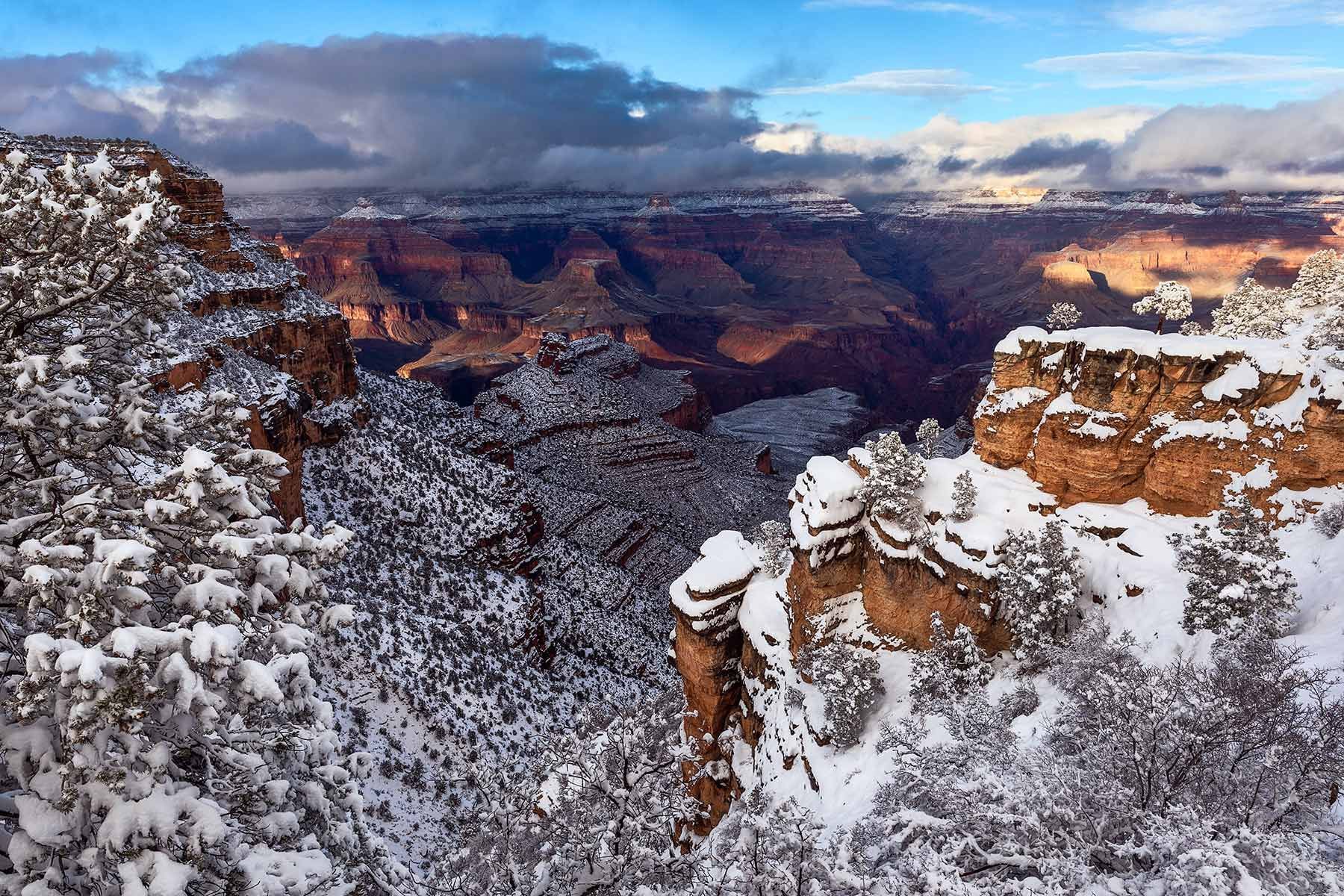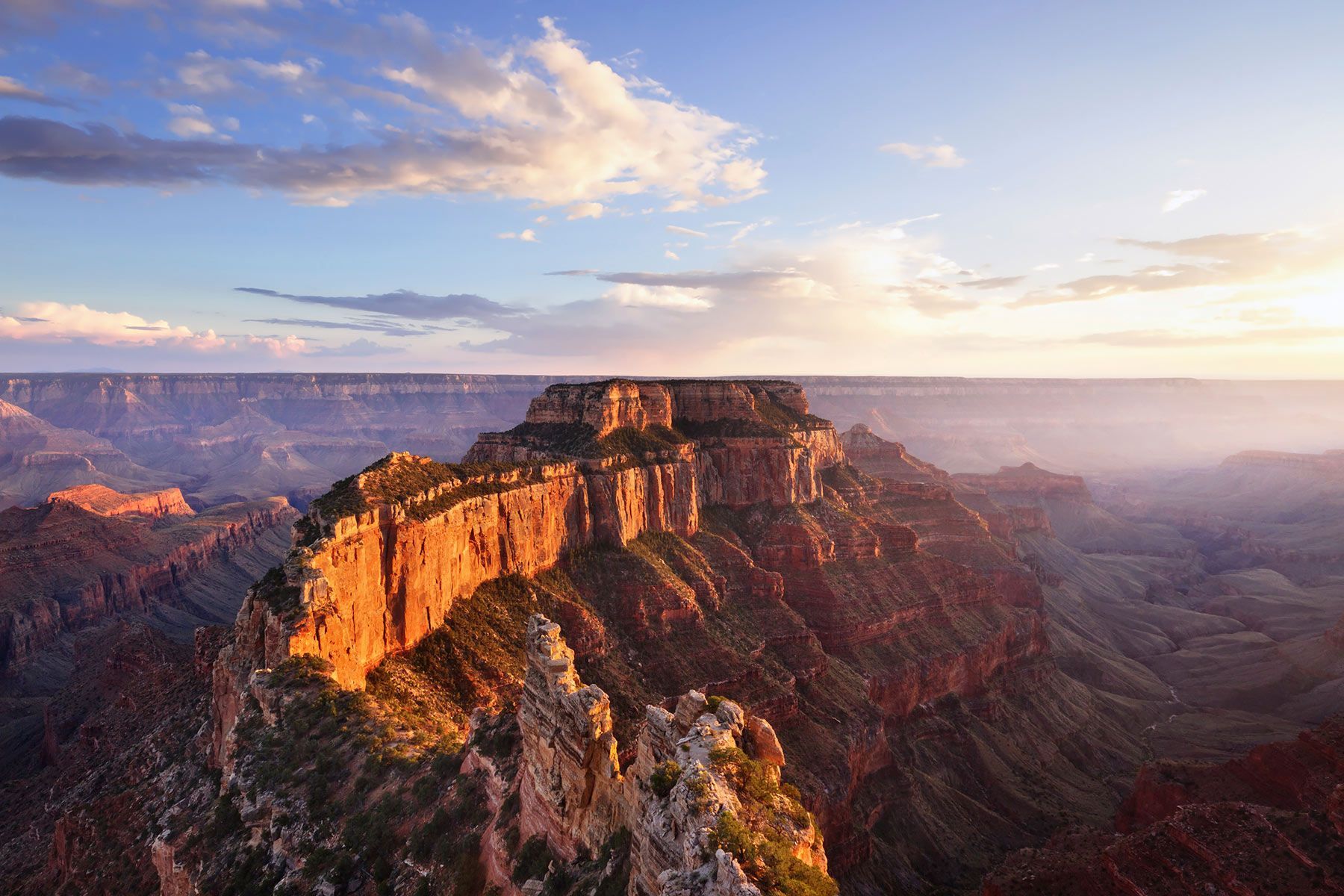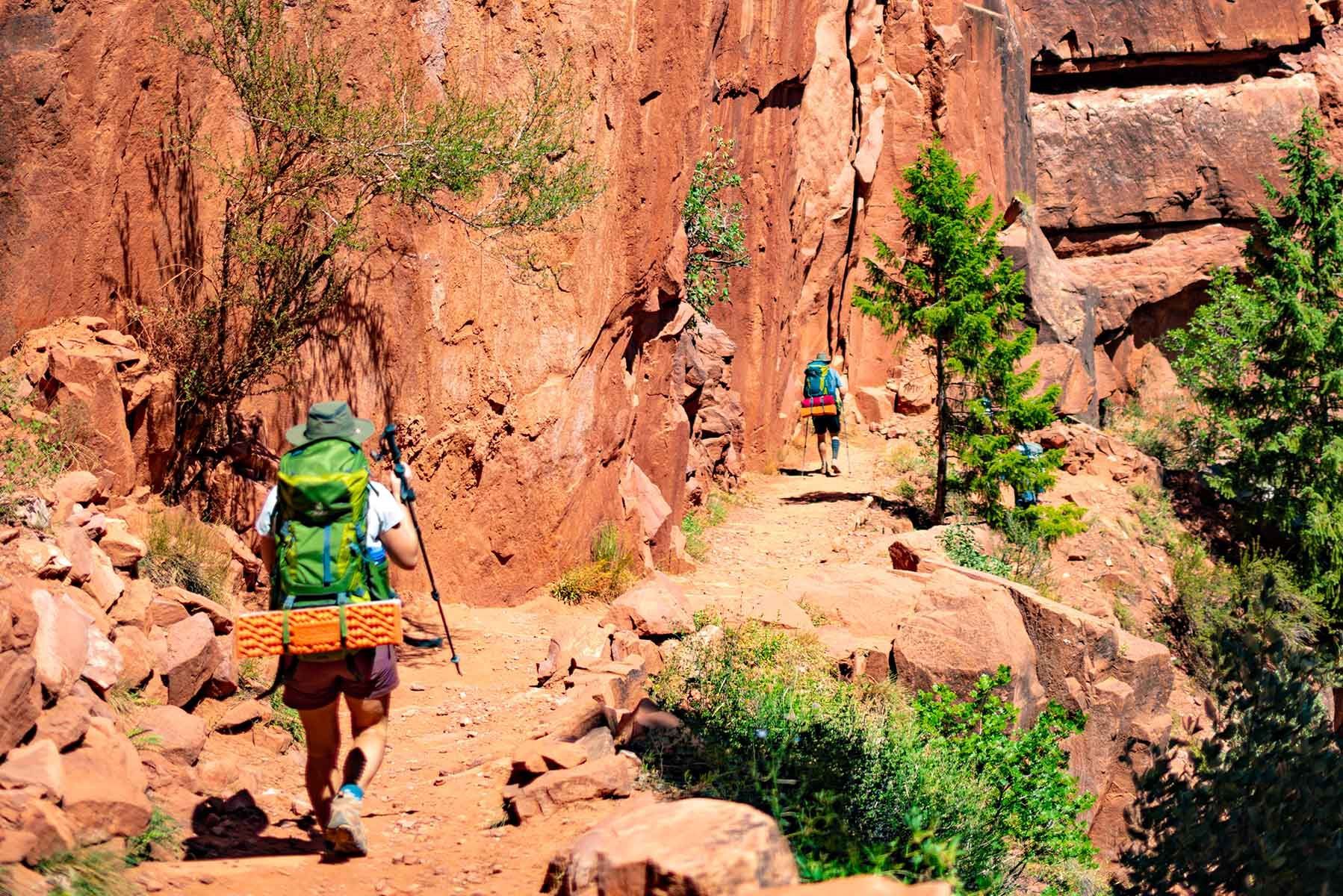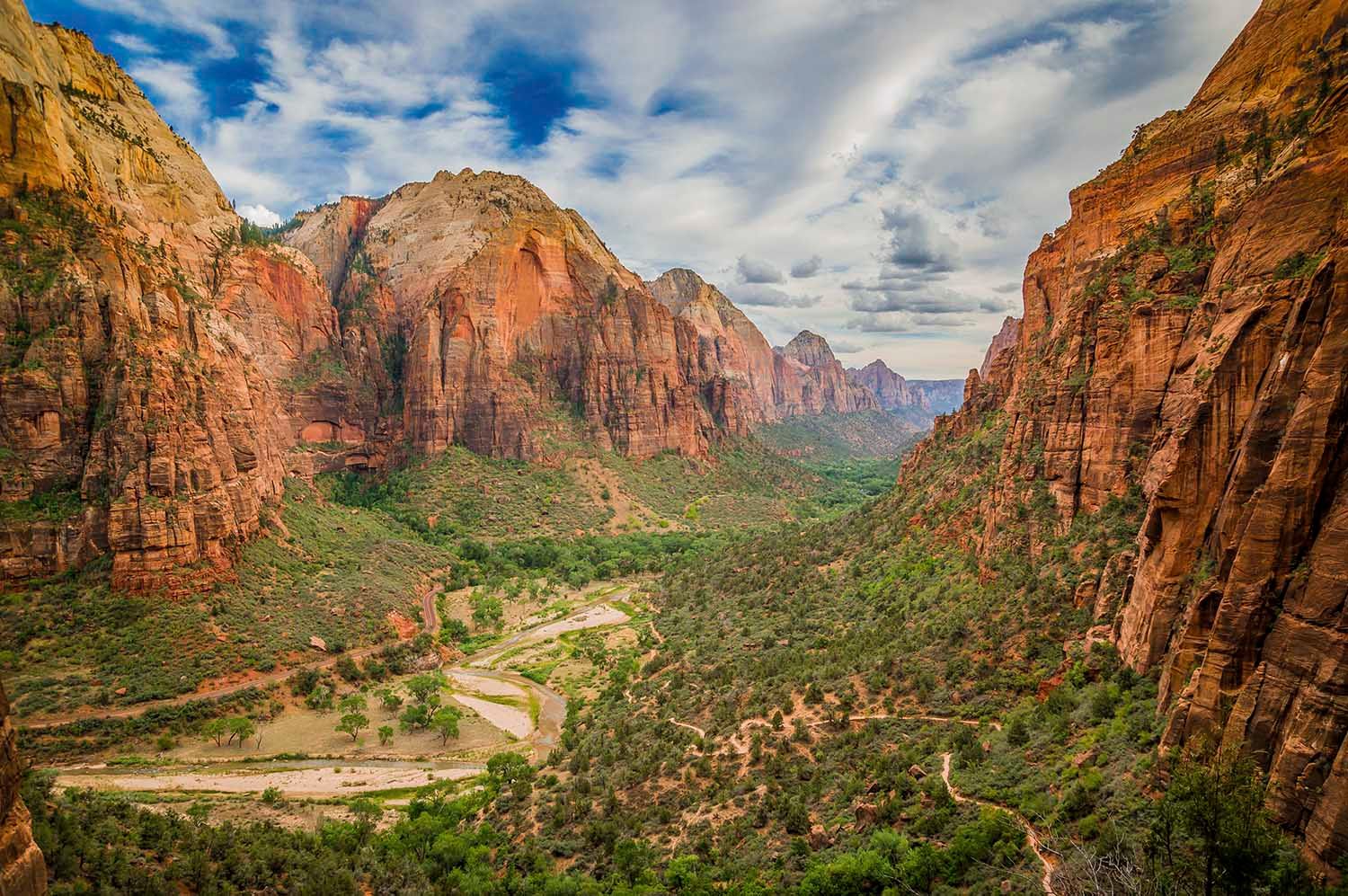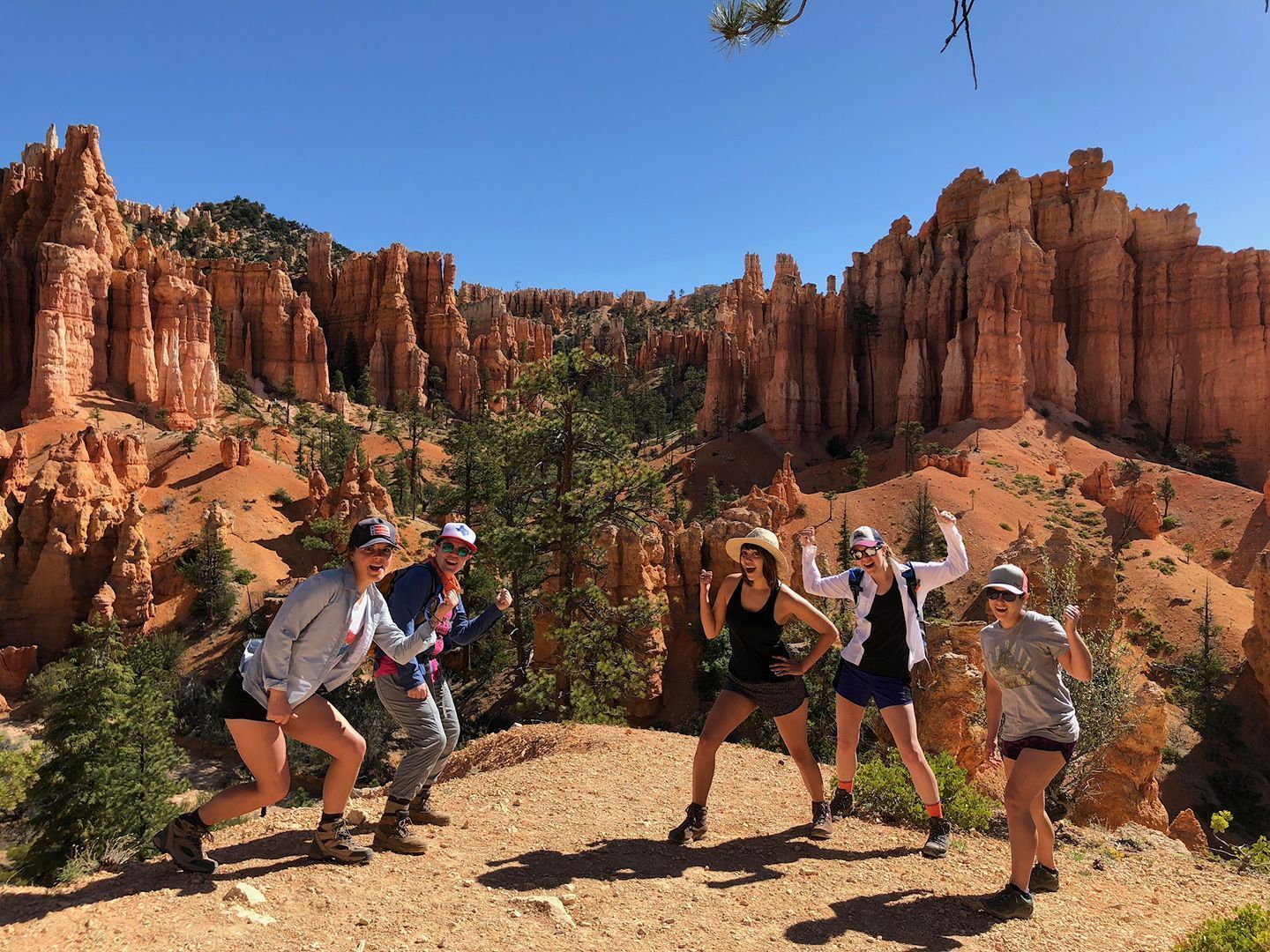America’s Deserts and Their Appeal
Key Takeaways
- America’s deserts offer more than heat and sand — from the Chihuahuan to the Mojave, these regions feature mountains, canyons, and vibrant color palettes that attract hikers, climbers, and explorers year-round.
- Desert landscapes change dramatically by season, offering mild weather at higher elevations and ideal conditions for activities like off-road biking, ghost town exploration, and guided adventures such as women’s trips to Death Valley.
- Low humidity and minimal bugs make the American Southwest a surprisingly comfortable destination — no mosquitoes, no blackflies, and over 300 days of sunshine every year.
- The deserts’ beauty lies in contrast: red and orange cliffs meet blue skies by day, while brilliant sunsets and star-filled nights reward visitors after a day of exploration.
- With the right preparation and local guidance, America’s deserts transform from “barren” to breathtaking — a must-see destination for anyone seeking natural wonder and solitude.
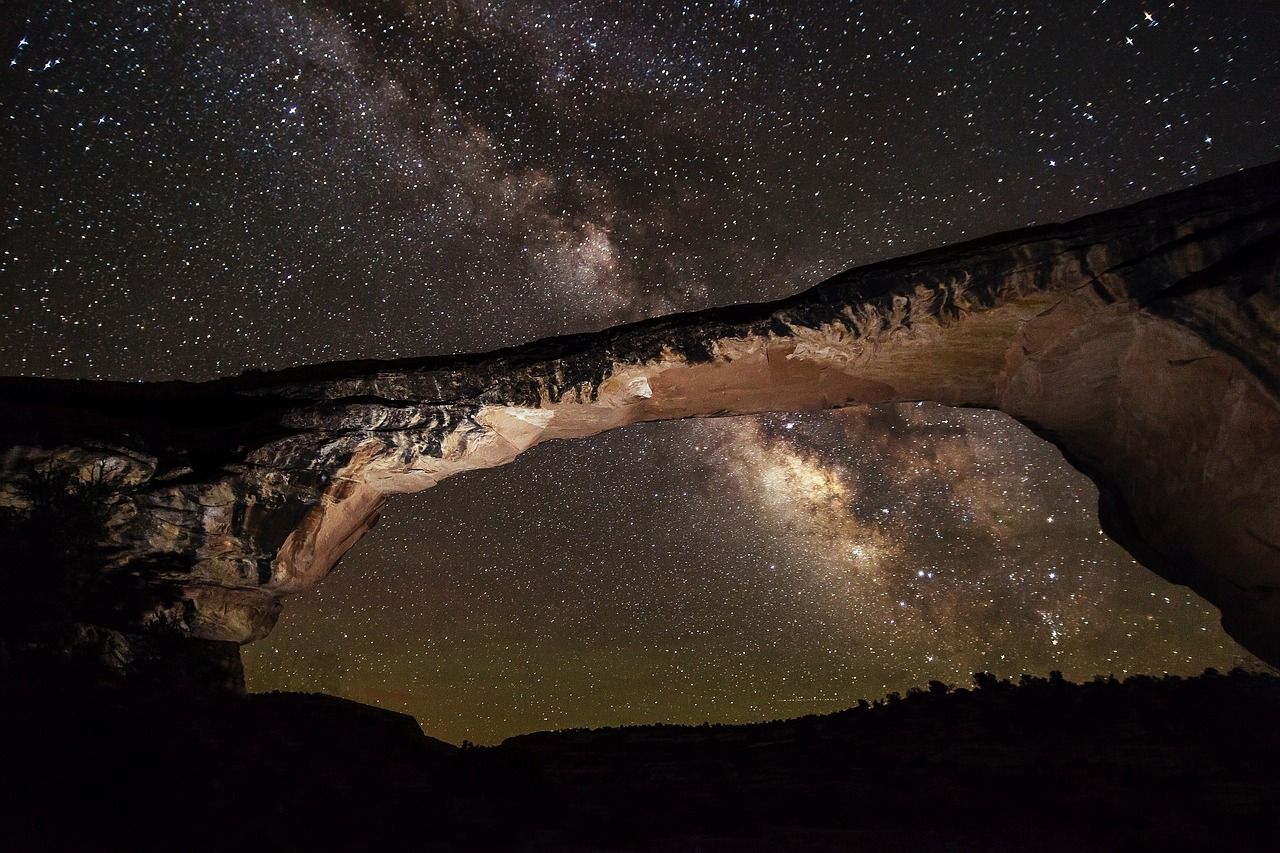
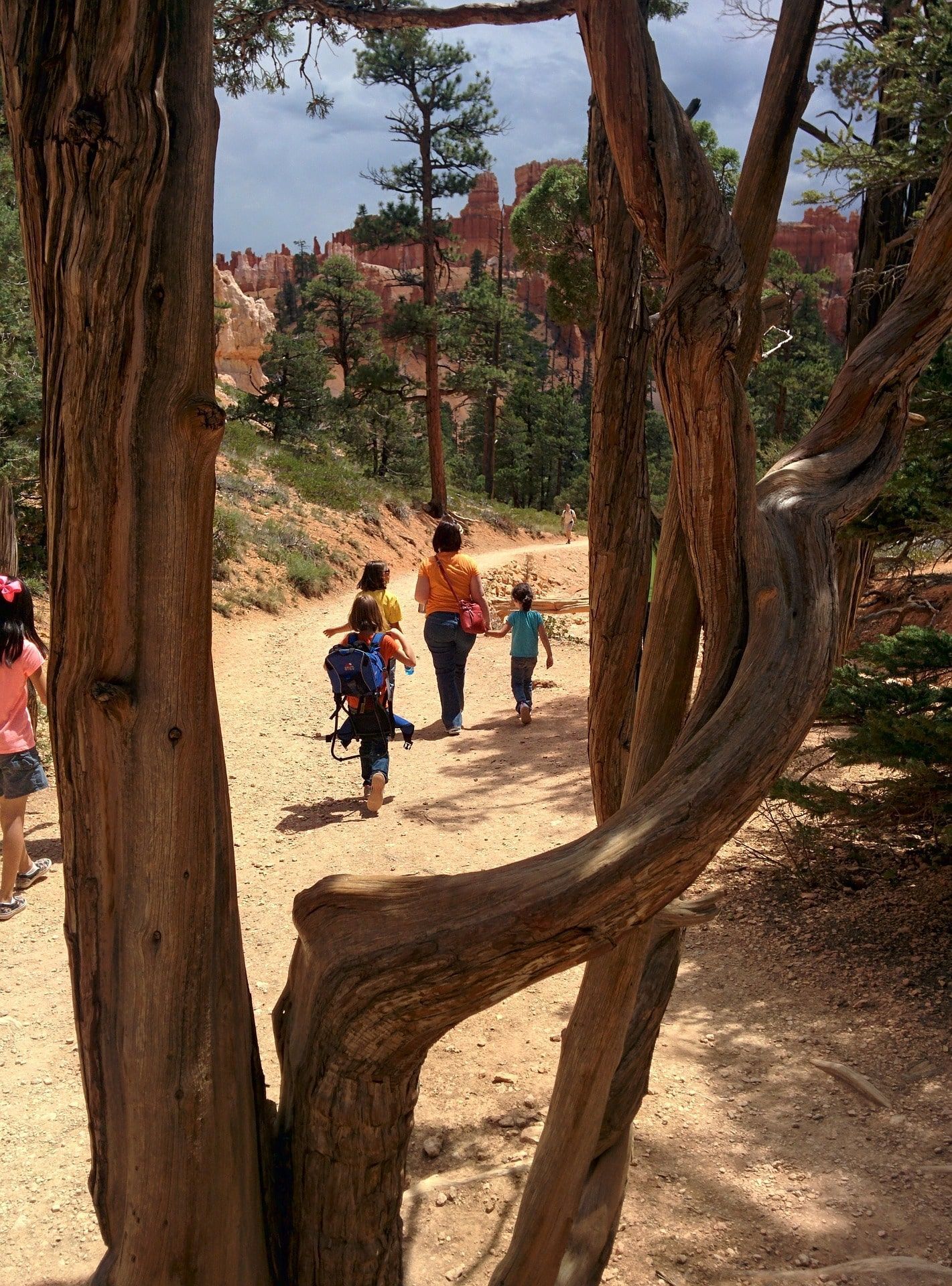
Everyone knows what deserts are: Flat, Brown, Barren. Oh, and hot! These are the horrible landscapes where only rattlesnakes and scorpions live (although you rarely see either). And don’t forget all those prickly, thorny plants. Why is it the case then that so many folks are eagerly planning and anticipating their upcoming desert adventures in these awful, inhospitable places?
First of all, throw away those stereotypes. Yes, American deserts (of which there are four: the Chihuahuan in Texas and New Mexico, the Sonoran & Great Basin deserts in Arizona and the Mojave in California) feature expanses of vast flat area. But they also boast spectacular mountains that beckon off-road bikers, hikers and climbers. Yes, there are many shades of brown in the landscape, but these joust with the whites and reds and oranges to paint the unforgettable desert palette. Barren? You can only be so lucky to experience the sweet-smelling desert in spring bloom or after a passing summer shower.
Hot? Yes, America’s deserts can be very hot (but it’s a dry heat!) around mid-day in the summer so a little extra planning is required before rock hounding, poking around historic ghost towns or exploring the wide open wilderness. But there are four seasons at higher elevations and temperate temperatures available much of the year. For instance, with the right guidance, even a place as notoriously hot as Death Valley can be comfortably explored. In fact, there are expertly guided excursions, such as a women's trip to Death Valley, that focus on the best seasons for visiting, ensuring a safe and memorable adventure. Should you pack the rain gear? With an average of over 300 days of sunshine per year in the American Southwest you can usually count on clear blue skies.
And forget the bug spray. There are practically no mosquitoes in the desert. No blackflies either. And no biting sand flies! For many, that is the biggest appeal going for an outdoor adventure destination.
Slot canyons, high plateaus, mountain peaks, swimming holes. American deserts have a language all their own. And at the end of of your desert adventure day you’ll likely be treated to one of the most beautiful sunsets in the country and the most star-studded night sky you’ve ever seen. Guaranteed.
Frequently Asked Questions
Explore what makes America’s deserts such unique and captivating destinations for travelers, adventurers, and nature enthusiasts.
What are the main deserts in the United States?
The U.S. has four major deserts: the Chihuahuan in Texas and New Mexico, the Sonoran and Great Basin in Arizona, and the Mojave in California. Each offers distinct landscapes, from mountain ranges and canyons to colorful sandscapes and vast plateaus.
Why do people enjoy visiting deserts?
Many visitors are drawn to deserts for their peace, open space, and natural beauty. The vivid colors, quiet solitude, star-filled skies, and lack of biting insects make them ideal for hiking, photography, and reflection.
Are deserts always hot?
Not always. While deserts can get extremely hot during summer days, many have mild winters and cooler temperatures at higher elevations. With proper planning, desert adventures can be comfortable year-round.
What makes desert scenery unique?
Desert landscapes combine striking contrasts—bright skies, red and white rock formations, and vast open spaces. Sunsets are especially breathtaking, and after rainfall, wildflowers can briefly turn the terrain into a colorful bloom.
Is there much wildlife in the desert?
Yes. While wildlife can be elusive, deserts are home to species adapted to arid life, including reptiles, small mammals, birds, and hardy plants like cacti and yucca that thrive in limited water.
When is the best time to visit America’s deserts?
Spring and fall are the most comfortable seasons for desert travel, offering pleasant temperatures and, in spring, wildflower blooms. Some guided tours also plan visits around these ideal times for safety and enjoyment.
Do you need to worry about bugs in the desert?
One major perk of desert travel is the lack of pests. You’ll rarely encounter mosquitoes, blackflies, or sand flies—making outdoor exploration much more enjoyable.
What activities can you do in American deserts?
Popular desert activities include hiking, off-road biking, photography, stargazing, exploring slot canyons, visiting ghost towns, and guided excursions to landmarks like Death Valley or high desert plateaus.
Are deserts really barren?
Not at all. Though they may appear empty, deserts host vibrant ecosystems, geological wonders, and diverse plant life. After rain or in spring, many transform into colorful, living landscapes.
Why are desert skies so clear?
With little humidity and minimal light pollution, desert regions often enjoy over 300 days of sunshine a year, making them some of the best places in the U.S. for stargazing.
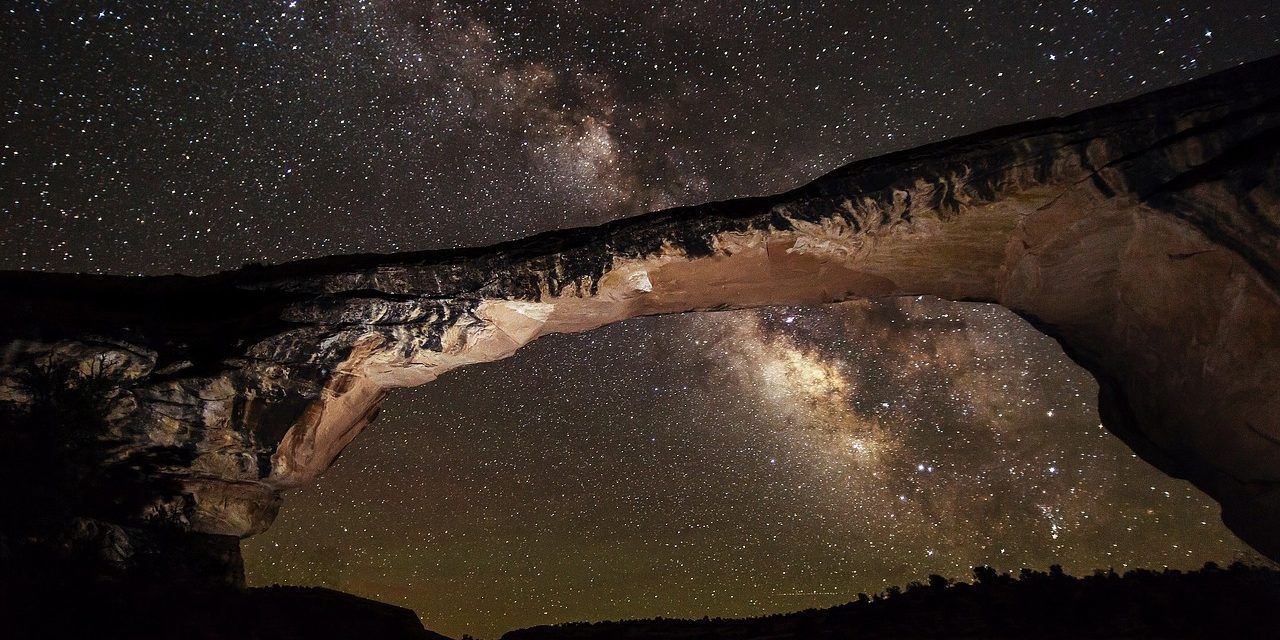
Four Season Guides, 506 N Grant St suite o, Flagstaff, AZ 86004, United States
+19285251552
35.19653980, -111.62000560

